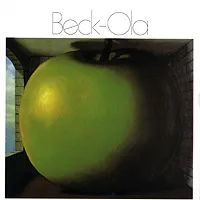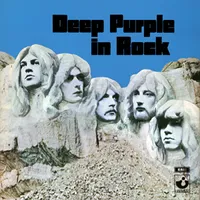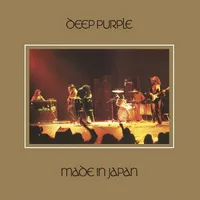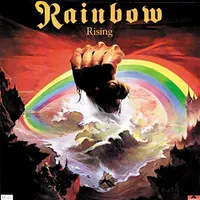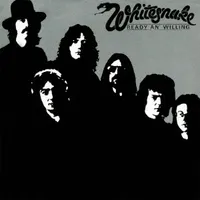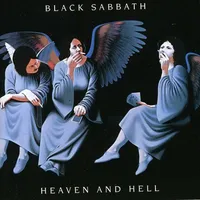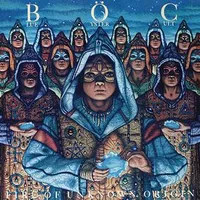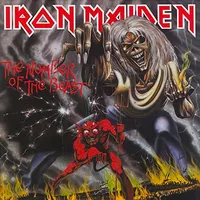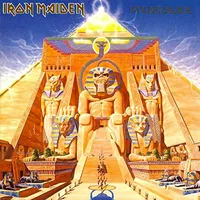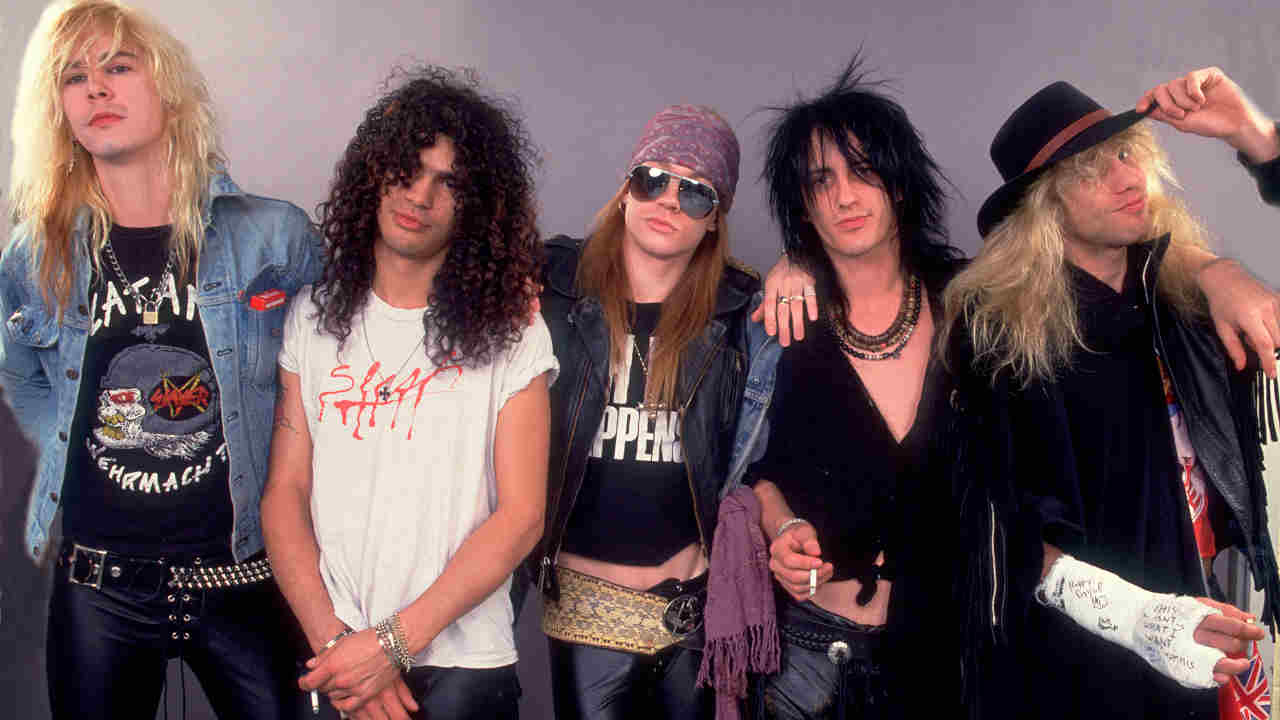Martin Birch: a life in 10 essential albums
Producer Martin Birch helped define rock'n'roll via the work he did with Deep Purple, Black Sabbath, Fleetwood Mac and more – here we look back on 10 of the best
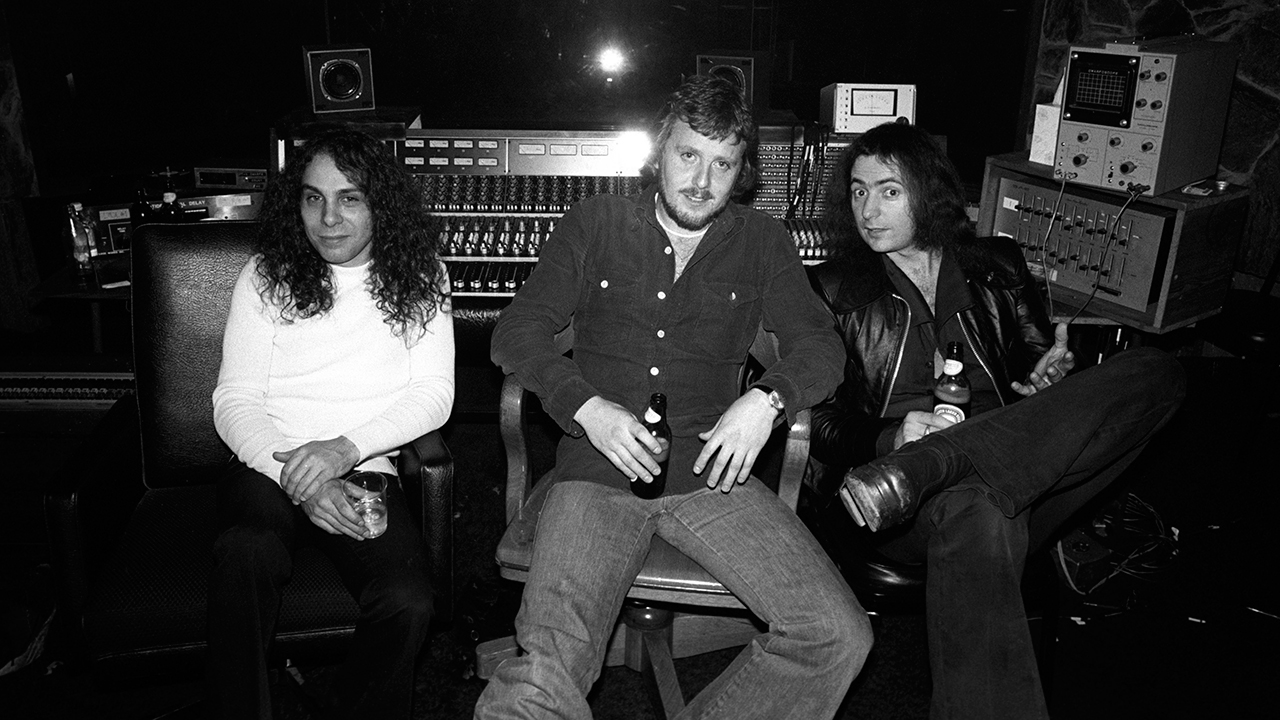
Martin Birch helped shape the sound of rock and metal as we know it. The producer, who has died at the age of 71, was the go-to studio genius for some of music’s greatest bands, from Deep Purple, Black Sabbath and Rainbow to Iron Maiden, Whitesnake, Blue Öyster Cult and beyond.
Birch got his start working with Jeff Beck and Peter Green-era Fleetwood Mac, before being recruited by Purple to engineer and later co-produce the string of landmark albums they recorded between 1969 and 1975.
Ex-Purple members Ritchie Blackmore and David Coverdale called in his services to produce albums by Rainbow and Whitesnake, and he teamed up with a rejuvenated Black Sabbath to record the Ronnie James Dio-fronted Heaven And Hell and Mob Rules albums.
But it would be Birch’s long tenure as Iron Maiden’s producer during the 80s and early 90s that he became most renowned for, helping turn the Londoners into global superstars. Birch retired after producing Maiden’s 1992 Fear Of The Dark album, leaving a CV that is unmatched.
Martin Birch was involved in dozens of classic albums, but here are 10 of the very best.

Jeff Beck - Beck-Ola (engineer, 1969)
In 1969, Martin Birch was just starting out his career as one of London's fledgling studio engineers, but his work on three key albums that year – Beck-Ola, Fleetwood Mac’s Then Play On and Deep Purple’s Concerto For Group And Orchestra – would mark him out as one of the scene's most promising, innovative talents.
Beck-Ola was the Jeff Beck Group’s second and final album with Rod Stewart and Ronnie Wood. Stylistically, it was a leap from its predecessor, 1968's Truth, and the purity of Beck's guitar sound just seemed a little different – and a little better – than what everybody else was doing.
Cited by Whitesnake's David Coverdale as one of his touchstone inspirational albums – "My God, did it connect with me" – it also foreshadowed the creative career Coverdale and Birch would forge years later.
Deep Purple - In Rock (engineer, 1970)
Deep Purple had convinced their management and record company to allow them to self-produce In Rock – quite unusual for the times – so it was lucky for them that they were teamed with a young, progressive engineer called Martin Birch.
“Yes, we had a dynamic engineer in Martin Birch,” Ian Gillan told us in 2005. Birch turned out to be a revelation. “Musically, Martin didn’t have to do anything. He wasn’t a producer in that sense, but he was an engineer with a new way of thinking. He didn’t ‘close down’ the studio and baffle everything up and reduce it to zero and then rebuild it on the desk, which was the received knowledge at the time.
"What he did was listen to how a drum kit sounded in a room and then try and reproduce the sound. This was revolutionary thinking, believe it or not. He somehow got it sounding right. He recorded it loud, and to hell with the meters – they were going into the red all over the place.”
Beginning with Speed King and Bloodsucker, the unwitting listener was left bloodied, bruised and battered by the Purps’ new attack-minded style. Forget the NWOBHM, this is where Metallica got their chops.
Deep Purple - Made In Japan (engineer, 1972)
If Fireball is Ian Gillan’s favourite Mk II album, then Made In Japan is Ian Paice’s. “It’s probably the best live rock’n’roll record ever made,” he once said proudly. “As a tour de force of innovation and living on the edge, together with great playing and a fantastic sound, nothing comes close.” Jon Lord concurred: “It’s the epitome of what we stood for in those days.”
Birch, who worked on the album as an engineer, was able to shed some insight into why the record may have been so close to Paice's heart. He once let slip that neither Ian Gillan nor Ritchie Blackmore had actually heard the album before it was released – only Roger Glover and Paice were in the studio when it was mixed.
Still, it showed Purple at the height of their powers, straddling an indelicate line between intense and indulgent, monstrous-sounding and meandering.
Rainbow - Rising (1976)
Less than a year after he quit Deep Purple, Blackmore delivered a masterpiece with this, Rainbow’s second album. Rising had a power and grandiose quality perfectly illustrated by its cover art. Blackmore had retained only Ronnie James Dio in a new line-up featuring heavy-hitting drummer Cozy Powell.
But Blackmore had also brought Birch with him to oversee the sessions. Having worked with Blackmore’s former band during their most turbulent periods, the Zen-like Birch was a calming influence. He was also a black belt in karate, which gave him an assurance that came in useful when dealing with strong personalities.
On an album loaded with mighty tracks – Tarot Woman, Starstruck, A Light In The Black – the crowning glory was Stargazer. With Dio’s voice flying high over Blackmore’s earth-shaking riff, the sound swelled by the Munich Philharmonic Orchestra, this was Rainbow’s Kashmir.
Whitesnake - Ready An' Willing (1980)
Birch had already worked on some of David Coverdale's favourite albums by the time Whitesnake started work in 1978, so that the group should choose him as their longtime producer made perfect sense to those who had been paying attention.
On their third studio album Whitesnake’s good-time English style rockin’ blues peaked – and hit paydirt with Fool For Your Loving, their first Top 20 hit in the UK.
That opener segues nicely into Sweet Talker then Ready An’ Willing itself – all went straight into the setlist and it was clear that Coverdale was on top of his game. Witness his singing on Carry Your Load and the (slightly over-cooked) new version of his solo song Blindman.
Black Sabbath - Heaven And Hell (1980)
For many purists, Sabbath isn’t Sabbath without Ozzy. But for Geezer Butler, Heaven And Hell – the band’s first album with former Rainbow singer Ronnie James Dio – is as good as the first five they made with Ozzy. And he’s right. Undaunted by the task of replacing the seemingly irreplaceable, Dio rejuvenated a band that had been in decline for five years.
Apart from the recruitment of Dio, the other major change came with the arrival of producer Martin Birch, the first outsider to work with Sabbath in the studio since Rodger Bain on 1971’s Master Of Reality.
“We felt that bringing someone in could really help focus the ideas," Tony Iommi told us in 2016. "It was Ronnie who’d recommended Martin, as they’d worked together in Rainbow. What he brought in was an extra dimension to the songs. And we also recorded very fast.
"The whole process went so smoothly. We’d been used to taking longer and longer to record, with things getting out of hand. But this time, it was a joy to be in the studio.”
Blue Öyster Cult - Fire Of Unknown Origin (1981)
Blue Öyster Cult enlisted Birch to produce 1980’s Cultösaurus Erectus album, which found the US band back on an upswing after a wobbly few years. But it was the following year’s Fire Of Unknown Origin which put the back in the charts and back on top.
Birch helped them balance weighty musical passages with lighter pop-rock touches, advancing boldly into the 80s with a collection of songs that has a sense of foreboding and SF loneliness (Veteran Of The Psychic Wars), ghoulish love (the US hit Burnin’ For You), strafing riffage (Heavy Metal: The Black And Silver) and B-movie histrionics (Joan Crawford).
At times BÖC seem to be taking the piss out of themselves, and their reputation for being the Thinking Man’s Metal Band. For the most part, though, it’s a monumental inferno.
The Michael Schenker Group - Assault Attack (1982)
Assault Attack was created amid a period of relative turmoil – well, line-up changes – in the Michael Schenker camp. In 1982 Sensational Alex Harvey Band drummer Ted McKenna had replaced Cozy Powell on drums, Graham Bonnet had taken over from Gary Barden and the band had new representation.
Another change came in the form of Birch assuming production duties. It was a move that proved fortuitous – with Schenker himself asserting that Assault Attack is “the most popular MSG album with musicians,” also housing the staples Rock You To The Ground, Desert Song and Assault Attack.
Iron Maiden - The Number Of The Beast (1982)
Bruce Dickinson’s first album with Maiden is a wall-to-wall triumph. The newfound power Dickinson brought to the band wasn't lost on Birch. Having already produced their previous album Killers in 1981, he immediately realised the potential for brilliance that had been unlocked by switching singers.
"When Bruce joined, it opened up the possibilities for the new album tremendously," he said. "I had the same feeling on The Number Of The Beast as when we did the Deep Purple album Machine Head. It was the same kind of atmosphere, the same kind of feeling, like, something really good is happening here."
Dickinson made a point of stating the impact Birch had on the album: "Martin was like a guru to me, and everyone in Maiden at the time," he said. "The whole thing was just a lads’ night out. We had a bloody great time."
Guaranteed to feature in every list of the greatest heavy metal albums ever made, and rightly so, The Number Of The Beast still slams like a Muhammad Ali haymaker.
Iron Maiden - Powerslave (1984)
Birch had played a pivotal part in Maiden’s success during the early 1980s, helping bring Steve Harris’ vision to life with his monumental production. But with Powerslave, the band and Birch delivered their most ambitious-sounding album yet – one that would help turn them into global superstars.
"We recorded the album at Compass Point studios in Nassau," said Adrian Smith of the recording sessions. "And in those days, some of us were rather easily distracted. One night I was with Martin Birch, partying till three in the morning. The next day I turned up the studio, really hungover, and there’s Martin, still up from the night before, and beside him is Robert Palmer, who lived next door to the studio. I had to do my solo for the track Powerslave, and I had the shakes, but I just went, fuck it. I pulled off a solo and Robert Palmer was going, ‘That’s fucking great!’.”
Sign up below to get the latest from Classic Rock, plus exclusive special offers, direct to your inbox!
Classic Rock is the online home of the world's best rock'n'roll magazine. We bring you breaking news, exclusive interviews and behind-the-scenes features, as well as unrivalled access to the biggest names in rock music; from Led Zeppelin to Deep Purple, Guns N’ Roses to the Rolling Stones, AC/DC to the Sex Pistols, and everything in between. Our expert writers bring you the very best on established and emerging bands plus everything you need to know about the mightiest new music releases.
